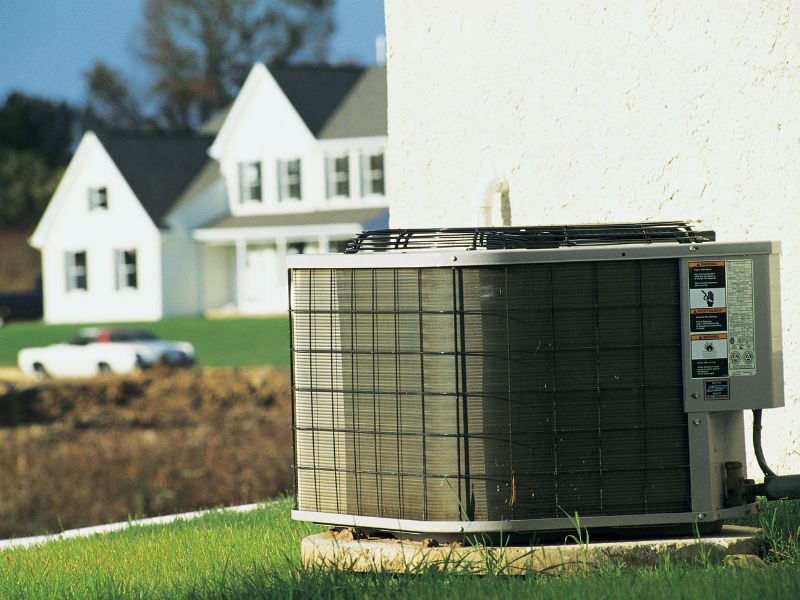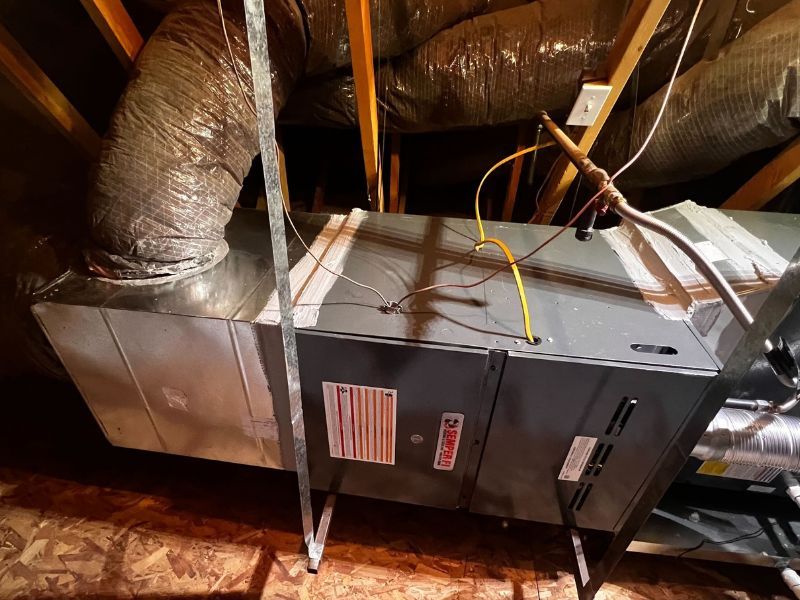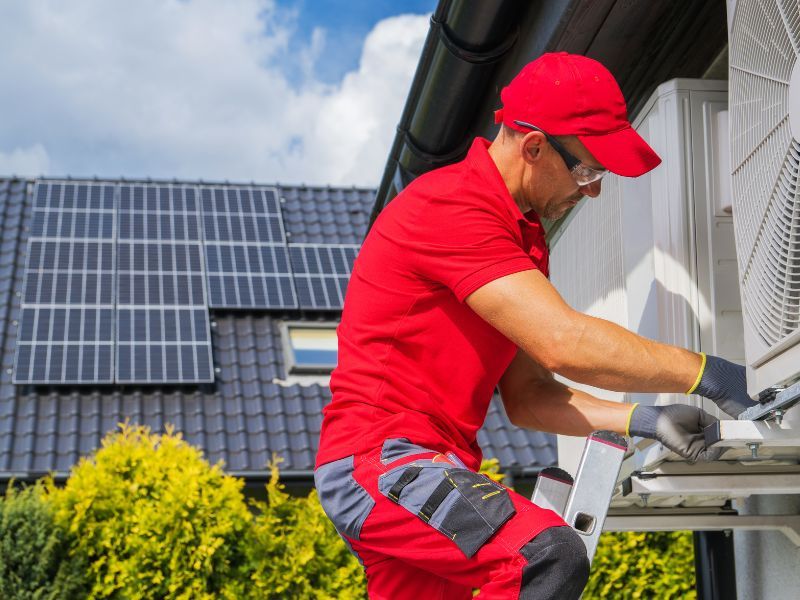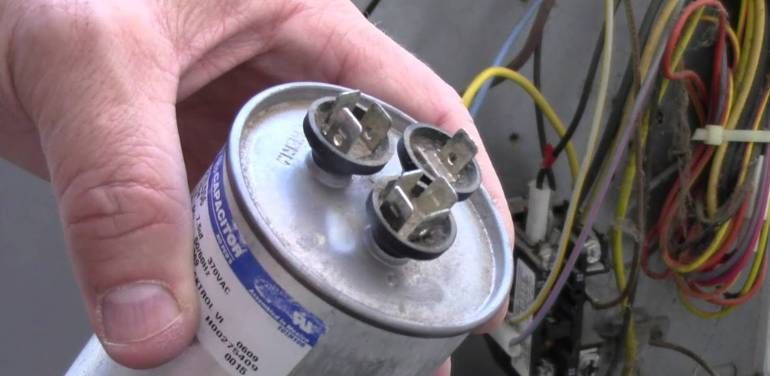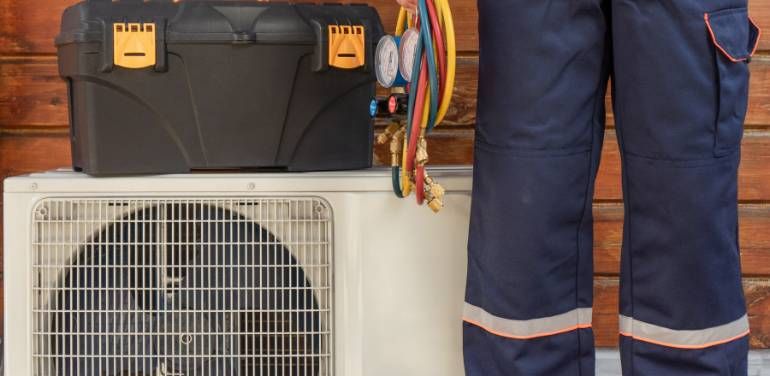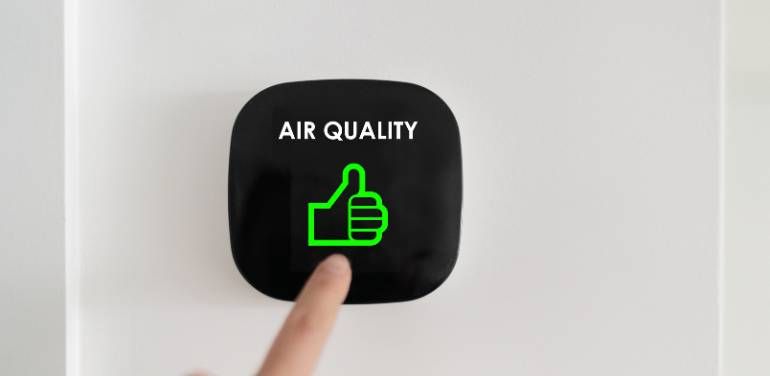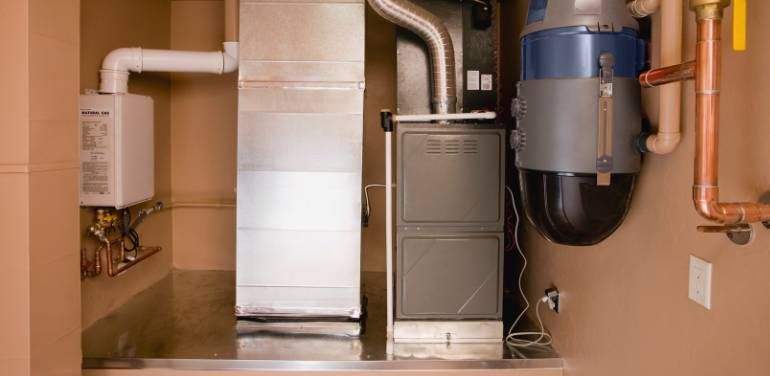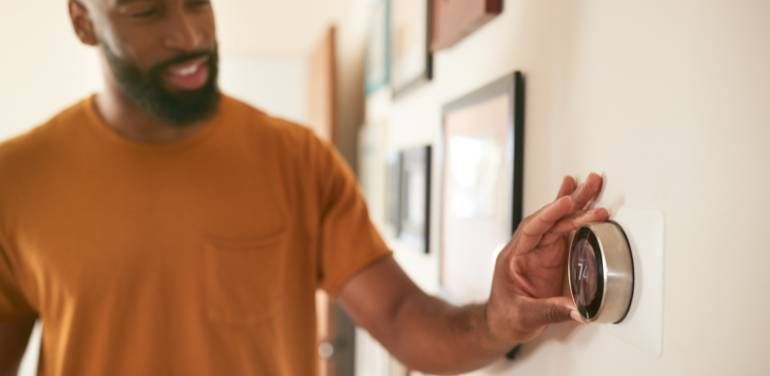10 Warning Signs You Need a New Furnace
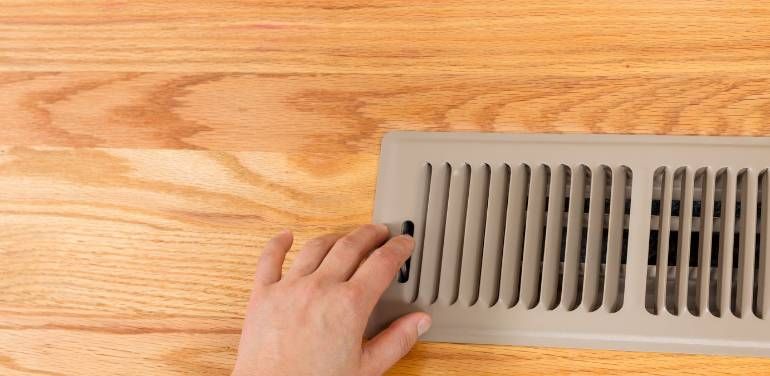
There is little worse than having your furnace die in the midst of winter. To make matters worse, it always seems to happen during an unusual cold snap. Plus, HVAC professionals are in the midst of their busy season, making it difficult to schedule a service call quickly.
In addition, if your furnace is beyond repair, you have to make a decision about buying a new one faster than you’d like. Every hour you spend deliberating over which furnace to buy and waiting to have it installed is an hour that your house is cold and uncomfortable.
You might end up spending more than you planned, or maybe you don’t even have enough in your emergency savings to cover the cost. After all, the average cost to buy and install a new furnace hovers around $4,000!
However, there are a few things you can watch out for to avoid this scenario altogether. Keep your eyes and ears open for these 10 telltale signs you need a new furnace.
1. The Age of Your Furnace
Unfortunately, as with most things, furnaces don’t last forever. The average life of a furnace is between 15-20 years.
With proper maintenance, you may be able to stretch that out a bit. But the opposite is also true. If you don’t keep up on things the way you should your furnace could go out even sooner.
If your furnace is getting old, at the very least you should have a professional inspect and maintain it before winter starts. Otherwise, you could end up being pretty chilly while you’re waiting to get a new furnace installed.
2. Frequent Repairs
Your furnace needs a repair…again. You might figure that a minor repair isn’t a reason to get a new furnace. After all, for a quick and simple fix, why bother buying a whole new furnace?
But when was the last time you had to call for repairs? In general, furnaces hold up pretty well until their last couple of years of life.
If you’re having to call for two or three repairs in a year, even if they’re minor, this is a warning sign that your furnace is about to go out for good. It may be better to not waste money on repairs that will only keep your furnace limping along for another year or two.
3. Expensive Repair
Alternatively, even if you have only one repair, consider the cost and the age of your furnace. What if your furnace is already reaching the end of its normal lifespan and a repair will cost approximately 50% or more than the cost of a new one?
It doesn’t make sense to invest in repairing a furnace that won’t last much longer anyway. You might as well put that money towards a new furnace and have a better chance of getting your money’s worth out of it.
4. Changes in Your Heating Bill
Several factors can affect changes in your heating bill. Your system will run more and use more energy during a winter that’s colder than usual. Also, fluctuations in the price of gas or electricity (depending on the type of furnace you have) can affect your bill.
But what if you’re noticing changes in your bill that you can’t explain by external factors like these?
It could very well be that your furnace is going out. Maybe there aren’t other obvious signs yet, but your furnace is working harder and using up more fuel for the same amount of heating.
5. The Thermostat Doesn’t Seem to Work
Do you have trouble finding the sweet spot for heating your home? You should be able to set and forget about your thermostat. This is especially true if you have a smart thermostat.
But do you find that one day 72 degrees feels nice and the next it feels too cold? There could be a simple problem with your thermostat…or your furnace could be going out. To find out, have a professional examine your thermostat and furnace.
6. Your Home Heats Unevenly
In addition, you may find that when you set your thermostat, some rooms get hotter than others. If your thermostat, sensors, and furnace are working, the whole house should warm to the same temperature.
If that’s not the case, something could be wrong with either the thermostat or your furnace. Again, calling a professional is the best way to figure out what’s wrong and make the right choice about repairs or replacement.
7. More Dust Than Normal
Dusting isn’t high on anyone’s list of favorite chores. But even if you hate it enough to scour the internet for dusting hacks to speed up the process, dusting is a necessary part of life.
It could also be a sign that your furnace is going out.
The first thing to check, however, is the filter. Furnaces pull air from outside, heat it, and then distribute it throughout your home. Thus, they use a filter to keep dust from ending up also distributed throughout your home.
The outside air isn’t the only place your system can get dust from. Dust can also accumulate in your ductwork to the point that when you turn the system on a puff of dust comes out of the heat registers.
These are all signs that your system is not performing to the capacity that it should be. Time to get a professional’s opinion!
8. Hearing Random Noises
No heating system will ever be completely silent. It’s a mechanical system so you’ll hear the machinery working and fans blowing, etc.
However, what if you start to notice strange rattling, banging, buzzing, humming or popping noises? If your furnace starts making noises that it didn’t make before, that’s a sure sign that something is amiss.
These noises can be an indication of leaks, cracks or other structural issues with your furnace. Of course, calling a professional is the best way to figure out how serious the problem is.
9. Yellow Flames on a Gas Furnace
The pilot light in your gas furnace should be blue, but you may notice that it turns yellow. This could be something as minor as a problem with the fuel not burning efficiently.
A yellow flame could also be a sign of a far more serious problem. Your furnace may be producing carbon monoxide gas that is getting into your home’s air supply.
Every year around 20,000 Americans go to the emergency room with carbon monoxide gas poisoning. Around 400 people die.
Carbon monoxide is an odorless, tasteless, colorless gas produced in the fumes when you burn gas fuels. However, this dangerous gas can kill an individual who breathes too much of it.
The fact that it is virtually undetectable makes carbon dioxide even more dangerous. In fact, a good way to notice carbon monoxide gas is by paying attention to how you feel.
If you start to notice flu-like symptoms like nausea, headache, and dizziness, watch out. Carbon monoxide fumes can make you pass out and kill you as you continue to breathe them in.
Other signs to watch for are
- soot around the furnace
- water leaking from the chimney base, vent pipe, or flue
- excess condensation on the walls or windows
- rust on the pipes or pipe connections
If you notice any of these symptoms or problems, don’t mess around. Open some windows, shut down your furnace and call a technician.
10. Your Furnace Goes Kaput
Last, but not least, the most obvious sign that you need a new furnace is that your current one goes kaput. If your furnace stops working and the technician says there isn’t a viable option for fixing it, it’s time to start shopping.
If it’s the middle of winter, you’d better start shopping right away.
Buying a New Furnace
Buying a new furnace sounds like an overwhelming task. That’s why some people might put it off even if they notice any of the signs that we’ve talked about. But that’s a terrible strategy.
Rather than wait until you have to buy a new furnace under a time crunch, take the chance to pick out the perfect furnace for your home–and your budget.
The process doesn’t have to be as scary as you think. In fact, we take all the work out of it for you. MyHVACPrice has extensive furnace reviews and heat pump reviews to help you find the perfect HVAC system for your home.
HVAC System Cost & HVAC Reviews
More Homeowner Guides
Categories
